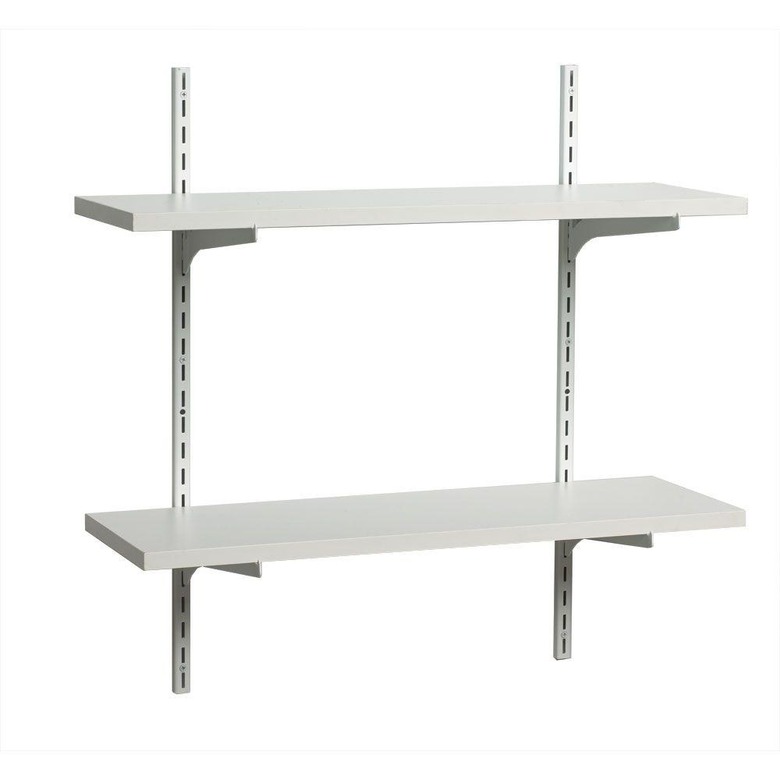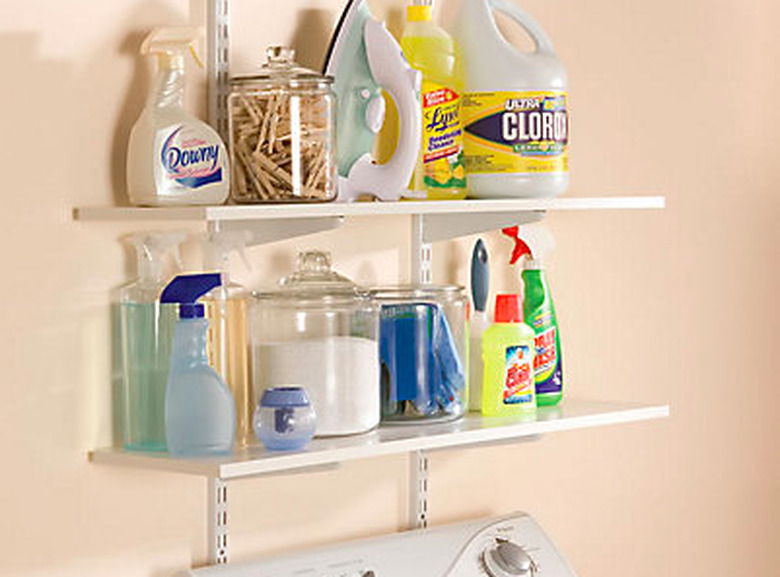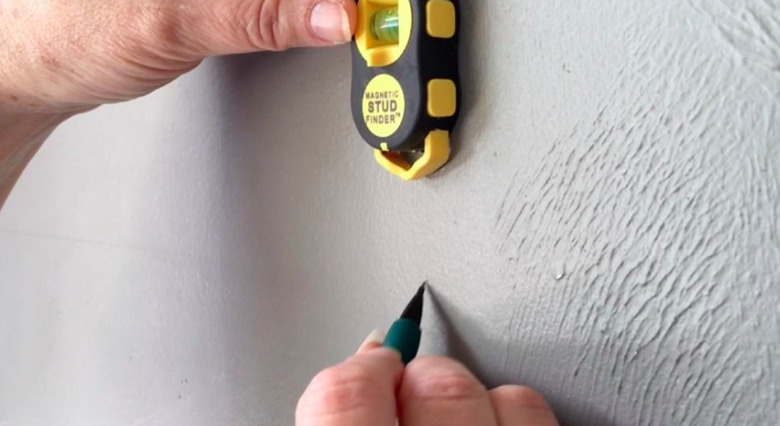How To Install An Adjustable Shelf System
Adjustable shelves are, in many ways, the perfect shelving system. The main supports, called standards, mount to the wall studs, and the individual shelf supports—usually metal brackets—lock securely into the standards. When installed properly, there's no worrying about supports coming loose or even positioning the shelves in the wrong positions, since the shelves are, of course, adjustable and can be rearranged whenever you want. Adjustable systems are also expandable, as you can simply add more standards and shelves to either side of the existing shelves—or even above or below them.
Adjustable Shelving Basics
Adjustable Shelving Basics
The trick to a successful installation is getting the standards plumb (perfectly vertical) and also level with one another. All this takes is careful layout and marking with a level. Another critical step is making sure the standards are positioned over the centers of the wall studs, and this is made easy with a stud finder.
Walls are typically framed so the studs are spaced 16 inches apart. With many shelving systems, you can install standards on every stud or on every other stud. Supports for wood shelves should be no more than 32 inches apart, which means installing a vertical standard on every other wall stud. If you're using wire shelving, follow the manufacturer's recommendations for spacing the supports. For greater support for heavier loads, you can, of course, install a shelving standard on every wall stud, which will make them sturdier enough to hold almost any likely load.
Adjustable shelves come in two basic types: single-track and twin-track. Single-track is the conventional type; it features standards with a single column of slots that accept flat metal brackets. Each bracket has two hooks for locking into the standard. Twin-track systems are heavy-duty and have standards with two columns of slots made for wider brackets with four hooks each. In addition to greater strength, twin-track systems offer the option of screwing the brackets to the shelves to prevent the shelves from sliding. The basic installation steps are the same for both types of systems.
Things Needed
-
Adjustable shelving system
-
Stud finder
-
Pencil
-
Tape measure
-
4-foot level
-
Drill-driver with screwdriver tip
-
1/8-inch drill bit
How to Install Adjustable Shelving
1. Mark the Stud Locations
Use a stud finder and a pencil to locate and mark the wall stud for each standard. Mark both side edges of each stud so you will be able to place the standard at the stud's center.
2. Position the First Standard
Starting with one of the outside standards, measure up from the floor and mark the desired height for the top of the shelf standard, marking at the center of one of the wall studs. Position the first standard so it is centered over the stud and its top end is on the height mark. Use a 4-foot level to make sure the standard is plumb (perfectly vertical). Insert the pencil tip into the top screw hole of the standard to mark the screw hole location onto the wall. Set the standard aside.
3. Install the First Standard
Drill a pilot hole at the screw mark, using a drill-driver and 1/8-inch bit. Position the first standard on the wall and fasten it to the stud with one of the provided screws. Some standards are designed with a top and bottom end; if so, make sure you are installing the standard right-side-up.
Use the level to plumb the standard, then fasten it near its bottom end with another screw. Install a screw through each of the remaining screw holes in the standard. If the screws are difficult to drive all the way, drill pilot holes through the screws holes in the standards.
Tip
Use long, coarse-thread wood screws if your shelving system didn't come with screws or if the provided screws seem too small for the job. Do not use drywall screws, which are relatively weak and are not designed to support a lot of weight.
4. Install the Remaining Standards
Using the level placed over the top of the first standard, make a corresponding mark at the next stud location for the next standard, transferring the exact height of the first standard. Make a mark at the center of the stud.
Position the second standard over the stud's center so its top end is on the height mark. Install the second standard in the same fashion you did the first, beginning by fastening at the top, then plumbing the standard and fastening at the bottom before adding the rest of the screws. Install the remaining standards using the same techniques.
5. Attach the Brackets
Clip the brackets into the standard at the desired heights. To ensure the brackets for each shelf are level with one another, count the number of slots—down from the top or up from the bottom of the standards—for each bracket location. Make sure each bracket is fully seated in the standard slots.
6. Install the Shelves
Set the shelves onto the brackets so they are centered side to side, or in the position you desire. You can align the shelves perfectly by plumbing across their ends with the level.
If you have twin-track shelving, you can fasten the shelves to the brackets, if desired, by driving a small screw up through the hole near the tapered end of each bracket and into the bottom of the shelf. Check the length of the screw to be sure it won't poke through the top surface of the shelf.


